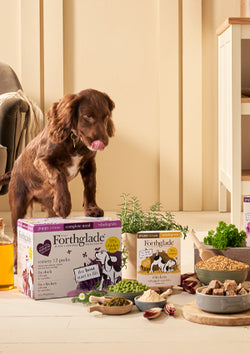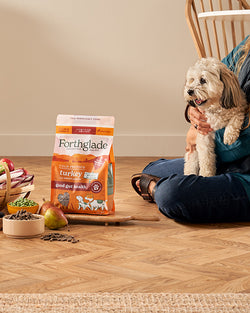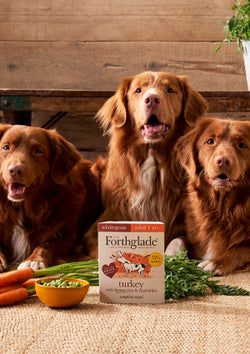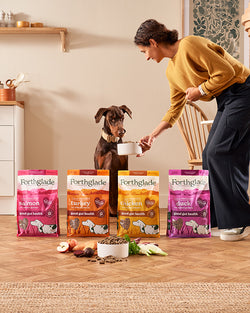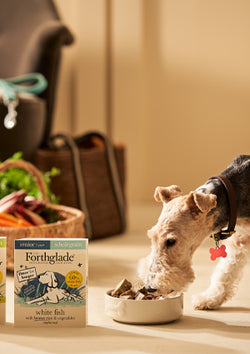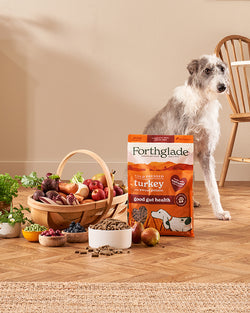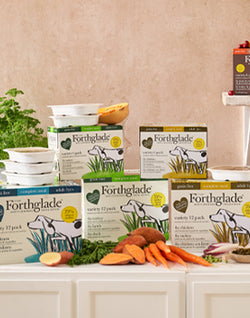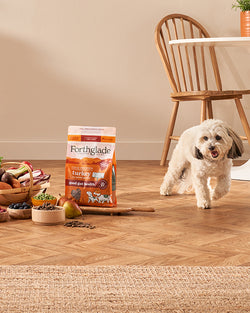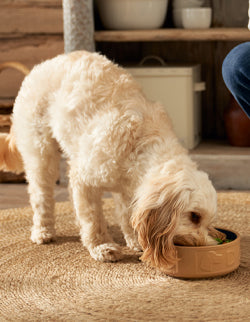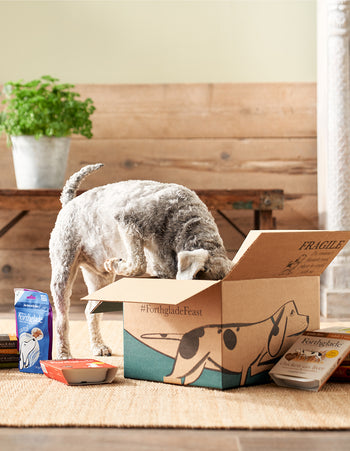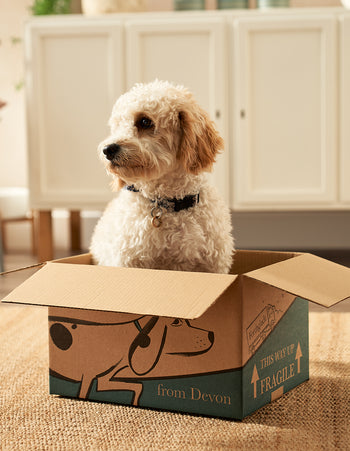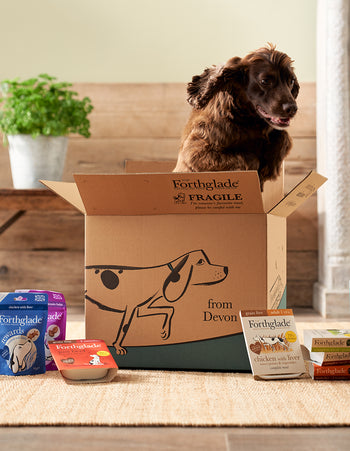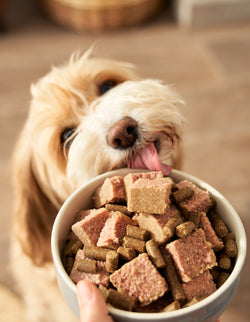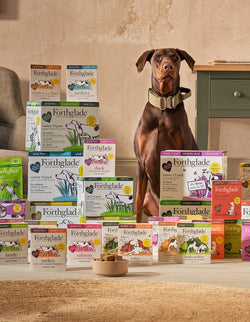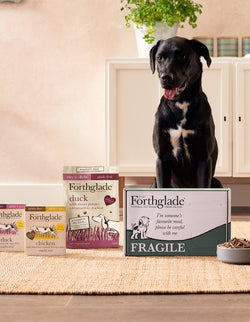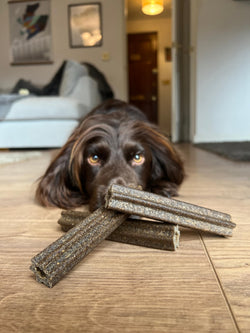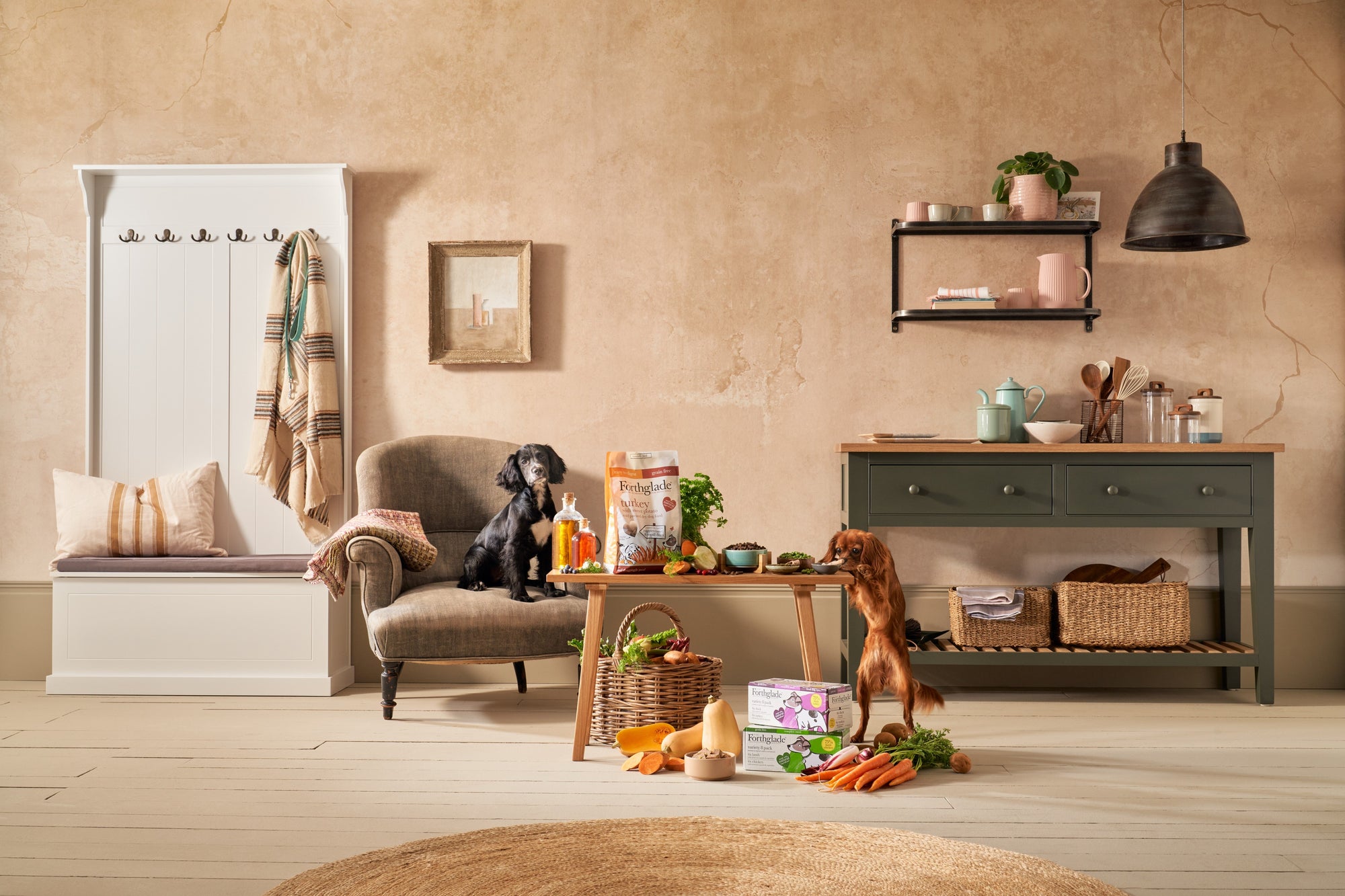Just like us humans (well, most of us!), dogs benefit hugely from a good soak, a trim and blow dry and a gentle manicure! Not only will your furry friend look and smell better, they'll feel so much happier too. It's easy enough to cover the basics at home, without a visit to a professional groomer. And, there are plenty of benefits to pursuing a little DIY grooming too: a better bond between you and your pup, the opportunity to spot any unusual body changes and reduced anxiety at the vets.
Why Should I Groom My Dog?
Grooming your dog is such an important part of your dog’s health. First off, it prevents your dog’s coat from getting matted and from retaining nasties like dead hair, dirt and dandruff. Regular brushing also helps to stimulate the release of natural oils in your dog’s skin and fur. Glossy and shiny coats for the win.
Grooming, however, is not just about brushing. You’ll be able to look out for any ticks or fleas, check their eyes, teeth, paws, claws and behind their ears too!
Getting Started
When you and your dog are learning how to groom, it’s important that you come armed with a positive attitude, lots of patience, and in the beginning, lots of healthy treats. (We’ve got a selection you can check out). As with all new activities for your dog, start off slowly. Begin with little amounts here and there, gradually building to a longer, more comprehensive grooming routine.

How To Bathe Your Dog At Home
Unless your dog has rolled into something horrid they’ll only need a bath every 2-4 months. Some breeds should be bathed less often (those with double coats for example), so research your breed before you start. Bathing your dog too often can strip the natural oils from their coat and dry out their skin.
- Brush your dog before bathing to get rid of any loose hair.
- Make sure to put a non-slip mat or towel in the bottom of the bath to stop your pup from slipping and injuring themselves. It goes without saying to never leave them unattended.
- Make sure you use a shampoo that’s made for dogs – human shampoo can be too harsh on your dog’s skin and coat. We recommend using a natural, organic shampoo free from nasty chemicals to avoid irritation.
- Although it can be tempting, be careful not to use too much shampoo – start off with a small amount and only add more if really needed.
- Avoid getting shampoo in your dog’s eyes, mouth or ears – you may even want to put a cotton wool ball in your dog’s ears to help avoid this, but don’t forget to remove them!
- Fully rinse all the soap suds out of your dog’s hair to avoid irritation.
Brushing Your Dog’s Coat
Regular brushing is important regardless of the length of your dog’s coat. It removes dead hair and dead skin, whilst distributing beneficial natural oils. Aim to give your dog a brush at least every couple of days. If you’ve got a longer haired breed, or if your dog is shedding a seasonal coat, then brush daily to prevent tangles and matting.
- There are lots of grooming brushes available - choose a brush based on what you need to achieve. Soft brushes will make the outer fur look soft and fluffy but may not give enough attention to the hair underneath. Some more sturdy brushes may be too harsh on your dog’s skin.
- If you’re unsure which brush is best, ask owners of similar breeds or ask in your local pet specialist shop. You can even ask a professional groomer for their recommendation.
- If grooming is new to your dog, they may be wary of the brush so ensure you let them see and smell it before you begin and reward them with praise or a healthy treat during brushes.
- Keep your sessions short to begin with and increase the length of time as your dog begins to enjoy their pamper time with you.

Should I Trim The Hair On My Dog’s Paws?
Apart from looking nice and neat, keeping your dog's paw fur trimmed helps to reduce the amount of dirt and foreign objects that could cause pain and discomfort.
- Use blunt-ended scissors to trim carefully over the top of your dog’s foot and over the top of the pads on your dog’s feet.
- Use your fingers as a buffer between the fur and your dog's feet to avoid nipping them with the scissors.
- Don’t try trimming between the toes or between the pads of the feet.
Do I Need To Trim My Dog’s Nails?
If you walk your dog regularly on hard surfaces like pavements, then you’re not likely to need to clip your dog’s nails very often because these surfaces lend themselves to naturally filing down your dog's nails.
Overgrown nails are most likely found on lame or arthritic dogs due to the shifted weight-bearing.
Your dog’s nails grow in a curve, so allowing them to get too long will cause your dog’s ‘toes’ to splay or twist when walking. Aside from being very uncomfortable for your pup, it can also lead to broken toes. Regular nail clipping will reduce the risk of unnecessary injuries and reduce the risk of torn nails.
How To Trim Your Dog’s Nails
Trimming nails is probably the most feared task when it comes to grooming at home. So if you’re at all nervous or don't have a steady hand and lots of patience – leave it to the professional groomers. If you want to give it a try at home then here’s some handy tips:
- You should check your dog’s nails every two weeks or so, and trim them if needed.
- Be careful to only trim small amounts from your dogs nails – you don’t want to cut into the quick (a vein of blood) as it will be painful for your dog and they’ll likely never let you near their paws again.
- Trim your dog's nails in a well-lit area where you’ll find it easier to see the quick – and if your dog has black nails, trim only very small amounts.
- Choose nail clippers carefully – make sure you are comfortable with how they feel in your hands and that you can clearly see the blade and where on the nail you are cutting.
- Main thing to remember is that if you are not confident in clipping with great care then leave it to well-rehearsed groomers.
Cleaning Your Dog’s Ears
Keeping your dog’s ears clean will not only feel great for your dog, but will help prevent ear infections and allow you to spot ticks, fleas or anything else unusual or unpleasant.
- Give your dog's ears a gentle clean once each week.
- Use a damp cotton wool ball with dog-friendly ear-cleaning solution to gently wipe the inside surface of the ear.
- Avoid using water to clean your dog's ears as it doesn’t evaporate easily and can make their warm and damp ears a breeding ground for bacteria.
- Only wipe as far into the ear as your finger easily fits. Never use cotton buds (or anything else) to try and clean further into the ear canal as you can cause your pup a painful injury.
- If you notice any strange looking or smelling discharge from your dog’s ear, then get it checked out by your vet to avoid infections.

How To Clean Your Dog’s Eyes
Keeping your dog’s eyes clean will help to prevent infections and foreign bodies damaging the eyes.
- Use a damp cotton wool ball to gently wipe the area around the eye to loosen and remove dirt.
- You may want to use a dog-friendly eye cleaning solution for stubborn dirt and tear stains, but water will do just fine for everyday cleaning.
- Never wipe the eye itself.
- Be sure to approach the eye area slowly to avoid startling your pet.
- Never use shampoo or soap to clean areas around your dog’s eyes as this will cause irritation and can impair their vision.
- If you notice anything unusual - like redness, swelling or excessively watery eyes then share your concerns with your vet.
Teeth Brushing
Dogs can suffer from similar dental issues as us humans, so it’s important to monitor your pup’s dental hygiene to avoid other health problems. Diet is a good place to start, ensuring that your dog eats a healthy balanced diet which is free from artificial colours, flavours or preservatives. A healthy diet will help support your dog's oral health.
How To Clean Your Dog’s Teeth
- Introduce a daily brushing routine
- Use a dog-friendly toothpaste or water to gently clean the surfaces of the teeth
- Never use human toothpaste on your dog as it can contain Xylitol which is poisonous to dogs.
- Try and clean your dog's teeth when they are relaxed and a little sleepy.
- Regular cleaning will ensure your dog gets used to the routine and brushing will become easier each time.
- Consider giving your dog dental sticks for extra support with their dental health. Forthglade’s dental sticks have been created to help remove tartar and plaque through the ingredients that have been developed by vets.
As ever, if you’re worried about any part of your dog’s grooming routine, do ask for advice. Vets and professional groomers are always willing to offer tips and you don’t have to struggle alone! Happy grooming!
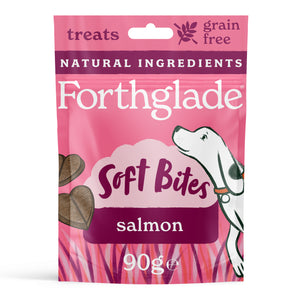
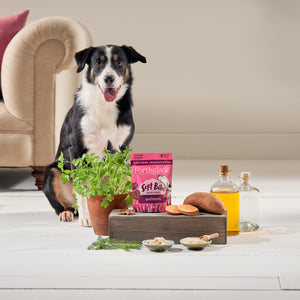
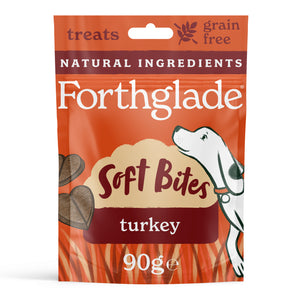

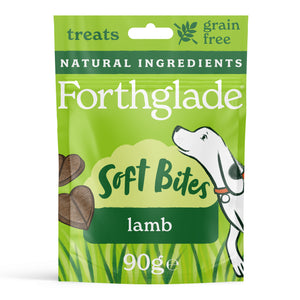
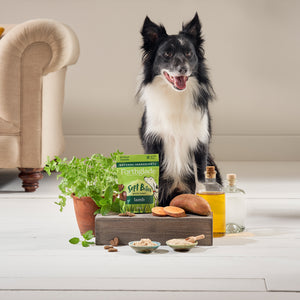


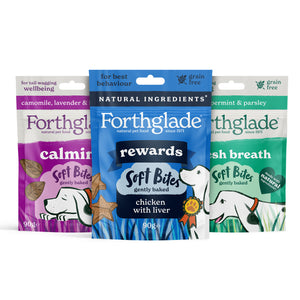









 Over 9,000 5* Reviews
Over 9,000 5* Reviews
 Subscribe for 10% Off Every Order
Subscribe for 10% Off Every Order


